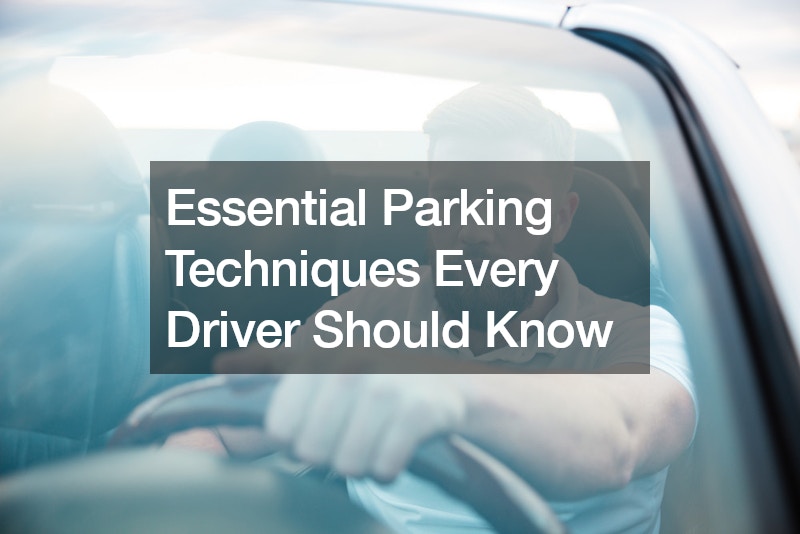Parking can be one of the most challenging aspects of driving, especially for new drivers. Whether it’s mastering the art of parallel parking or ensuring you don’t bump into the car next to you, knowing the essential parking techniques can make driving a lot less stressful. Here are some fundamental tips every driver should know, many of which are covered in detail in an 8-hour driving course.
Adjusting Your Seat and Mirrors
Before you even think about parking, it’s crucial to adjust your seat and mirrors properly. This ensures you have the best possible view of your surroundings, making parking safer and easier.
Seat Adjustment:
Make sure your seat is at the right height so you can see the road and the dashboard clearly. If you’re shorter, use a cushion or wedge to elevate yourself.
The seat’s incline should be around 100-110° for optimal comfort and safety. Avoid leaning too far back as it can compromise your control and visibility.
Adjust the headrest so your head is in the center to prevent neck injuries in case of an accident.
Mirror Adjustment:
For the driver’s side mirror, lean left until your head is almost touching the window, then adjust the mirror until you can see the rear fender.
For the passenger side mirror, lean right until your head is in the middle of the car, then adjust until you can see the rear fender.
Finally, adjust the rearview mirror to get a clear view of the back window.
Hand Positioning
Proper hand positioning is crucial for safe driving and effective parking. Place your hands on the steering wheel at the 9 and 3 positions, as if the steering wheel were a clock. This positioning provides the best control and reduces the risk of injury from airbags in case of an accident. The old 10 and 2 positions are no longer recommended because they can cause your hands to hit your face if the airbag deploys.
45° Parking
When you’re in a parking lot with angled spots, you’ll need to know how to do 45° parking. Make sure you’re driving in the correct direction down the aisle so the spots are slanted towards you. Move to the left as far as possible, align your right side-view mirror with the left taillight of the car next to the spot, then turn the wheel to the right and pull in. You may need to straighten the car if it’s longer.
Perpendicular Parking
Perpendicular parking is for those straight-in parking spots. Start by moving as far to the left as possible. Align your right side-view mirror with the right line of the parking spot, then turn the wheel to the right and pull in. Straighten the wheel once you’re inside the spot. This technique helps you avoid having to back up and straighten the car too much.
Backing Into a Parking Space
Some drivers prefer to back into a parking space. Drive two spots past the one you want, signal your intent to park by using your blinker, and check for any oncoming traffic. Start backing up slowly, turning the wheel to the right. Keep checking your mirrors to ensure you don’t hit any cars next to you. Once you’re aligned, straighten the wheel and continue backing up until the car is properly in the spot.
Parallel Parking
Parallel parking can be intimidating, but with practice, it becomes easier. Ensure the spot you choose is at least one and a half times the length of your car. Pull up next to the car in front of the spot, then look over your right shoulder and start backing up in a straight line. Once you see the back of the car next to you, turn the wheel to the right and back into the space. Check your mirrors and adjust as necessary to avoid hitting the cars in front and behind you.
By mastering these parking techniques, you can make your driving experience much smoother and safer. For those who want to dive deeper into these skills, consider taking an 8 hour driving course, which will cover these points in more detail and provide practical, hands-on experience. Happy parking!
.


